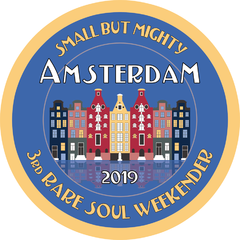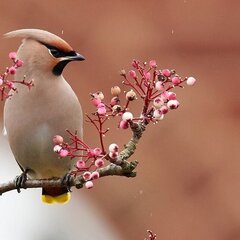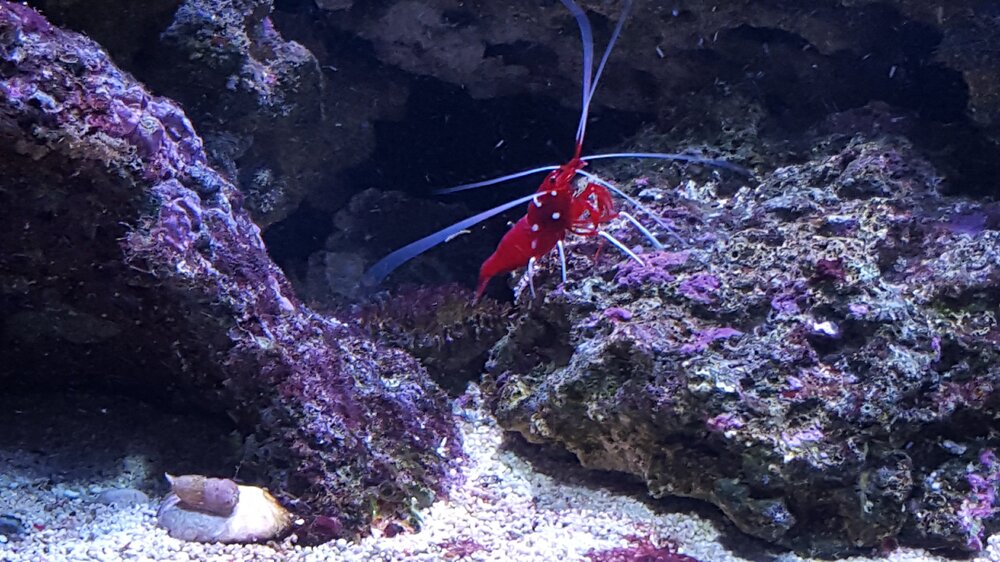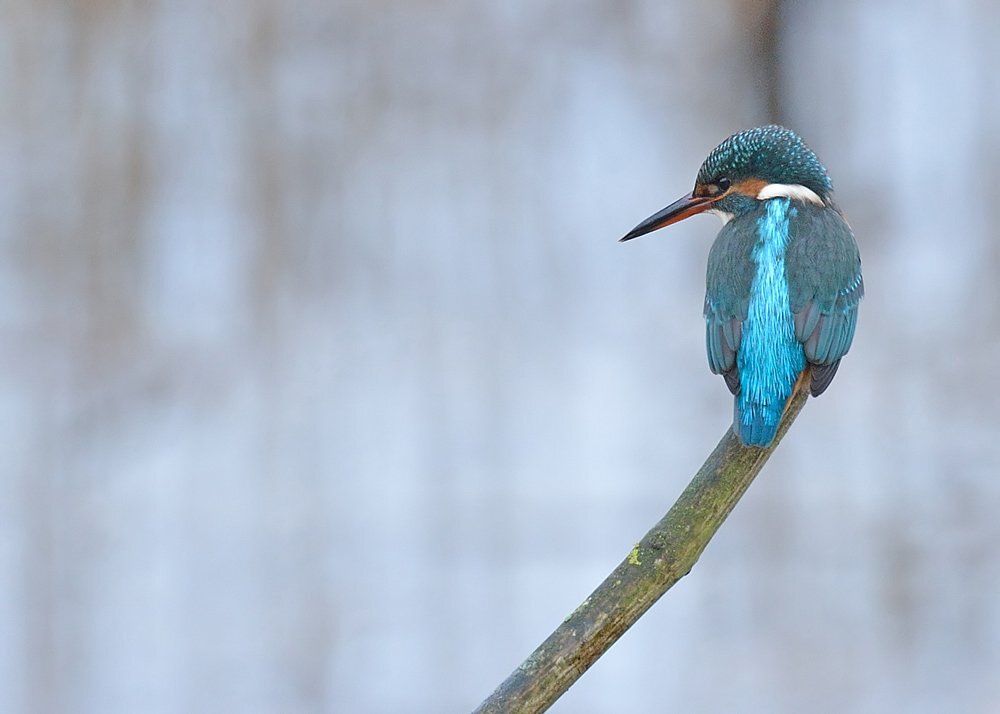- Replies 1.1k
- Views 74.9k
- Created
- Last Reply
Most active in this topic
-
Winsford Soul 246 posts
-
Amsterdam Russ 142 posts
-
Tattoodave 101 posts
-
Martyn Pitt 97 posts
Most Popular Posts
-
I will play I was out snapping the wildlife when I spotted the plane approaching, I knew the moon was up so just waited, and got this, a shame it was not a touch higher and crossing the
-
We cut down a few willow trees up in the marsh, which opened up the small brook that feeds the reservoir, which meant I got to see a few of these bombing up and down, even managed to get a couple stat
-
Just been downloading my photos taken on my most recent visit to NYC and i thought the one below was a bit "arty' and might be worth posting on here..... Taken about three weeks ago as i walked the Hi
Featured Replies









Following on from the huge success of the "Show us your bird and wildlife photos" thread (some 31 pages and a staggering +1500 posts), I thought it time to start a "part 2".
As we don't always have the opportunities to take bird or wildlife photos, but nonetheless might be taking great photos of other things, I thought a broader approach might encourage even more people to share their top photos.
They can be anything to do with nature, landscapes, outdoors, indoors, superb holiday snaps - basically, whatever. If you think it's a good photo and you want to share it, this is the place.
Here's three from me...
Goose - seen showing off in the woods of Amsterdam.
Sunset - as seen from our balcony last summer.
Filey, N Yorks - what a beautiful place. We were here for my younger brother's wedding.